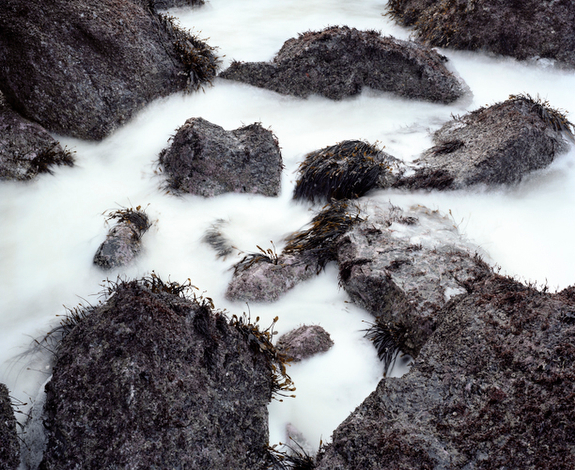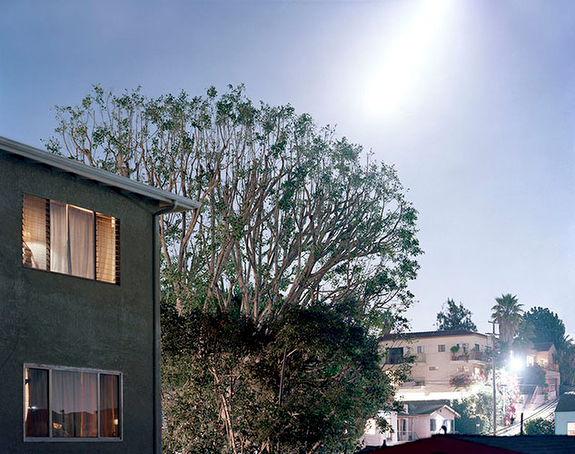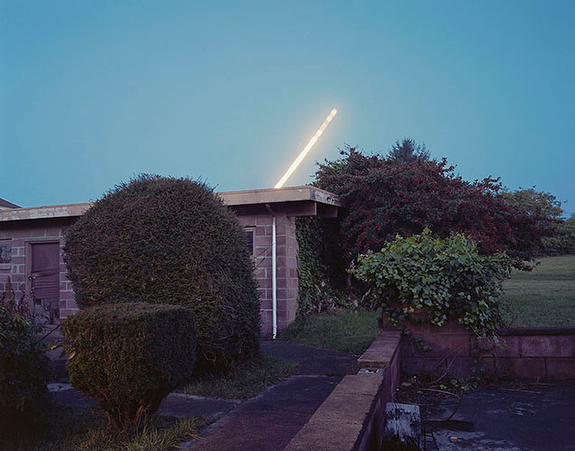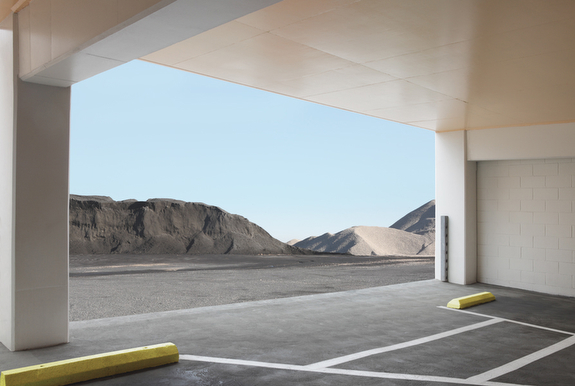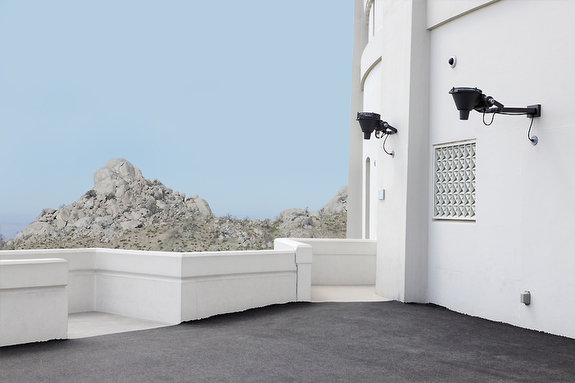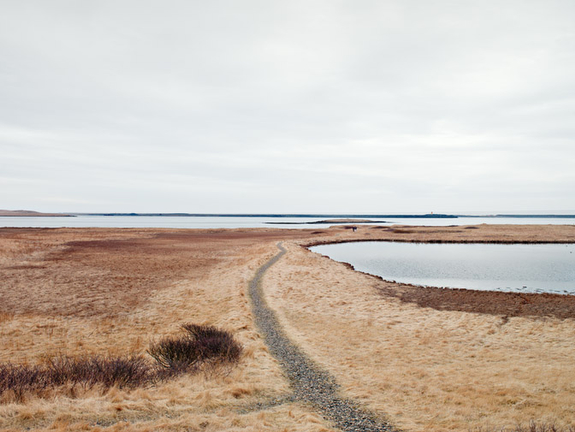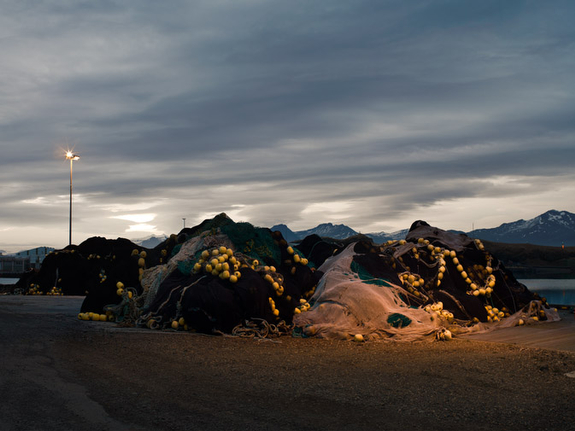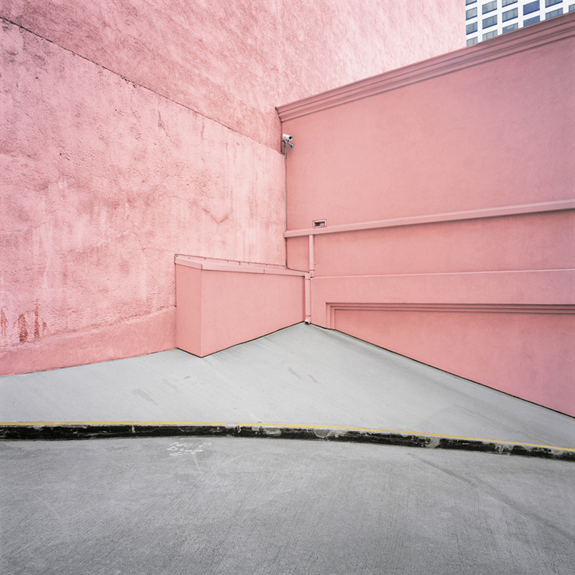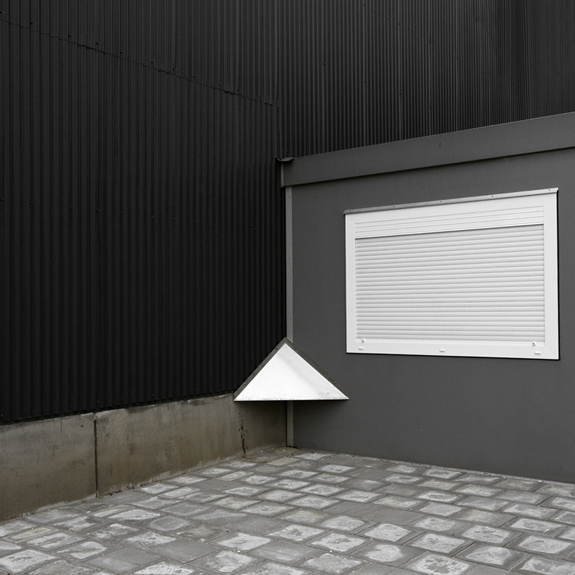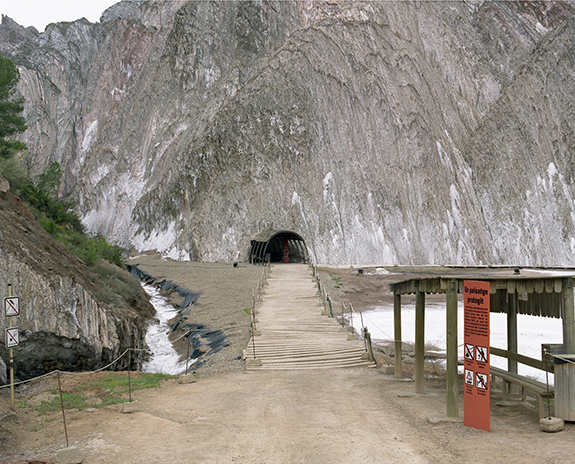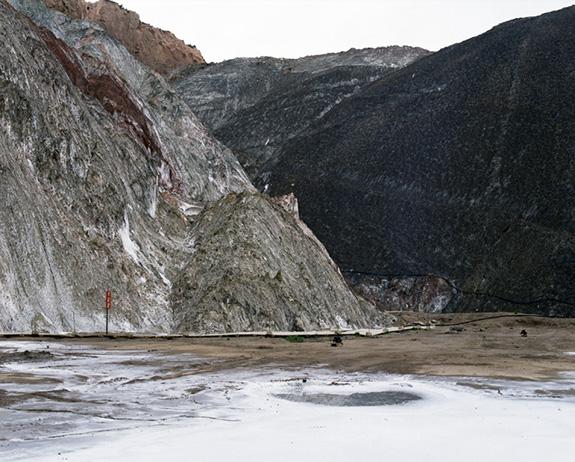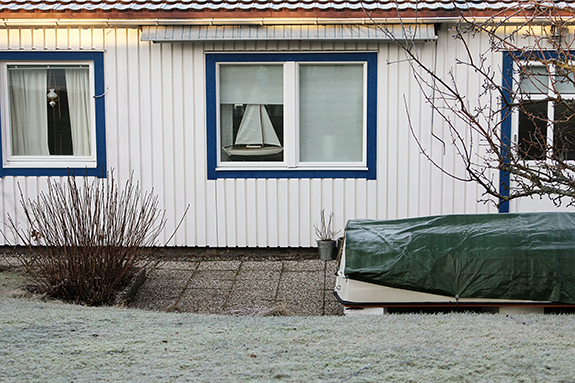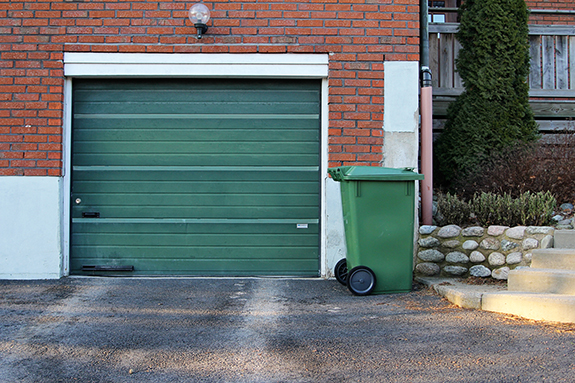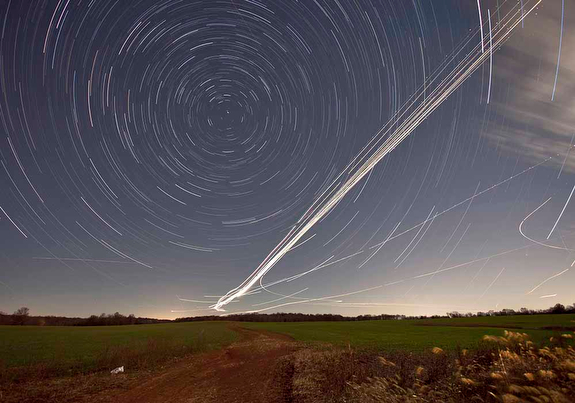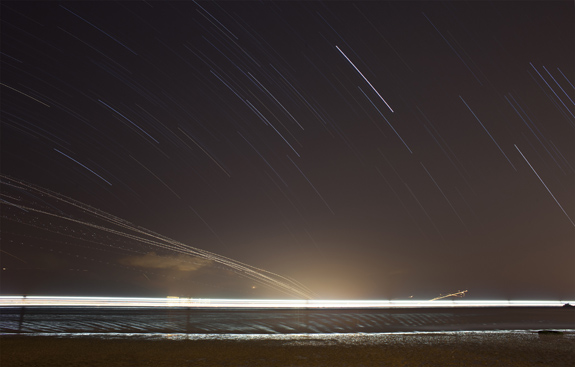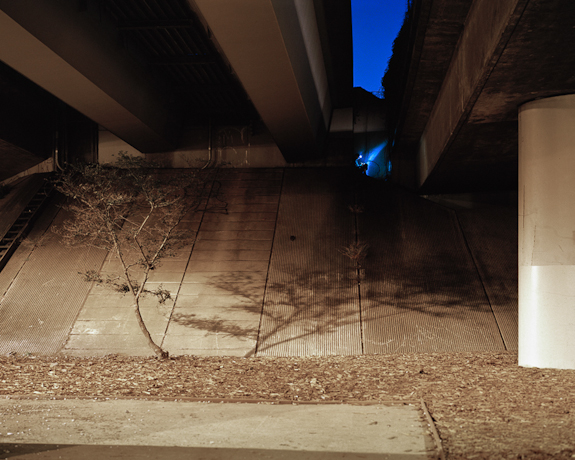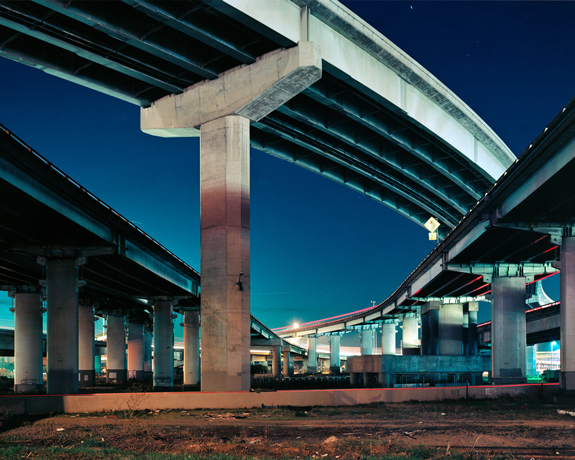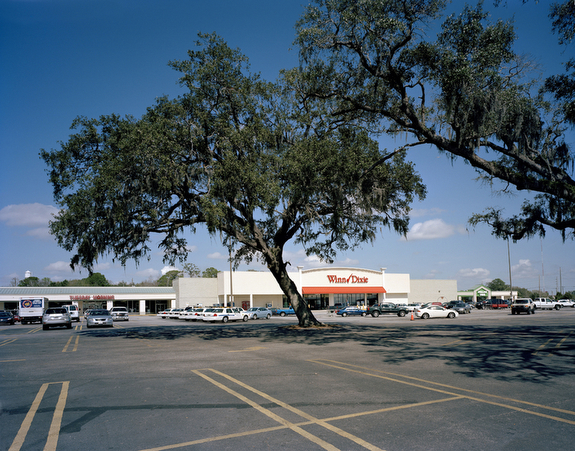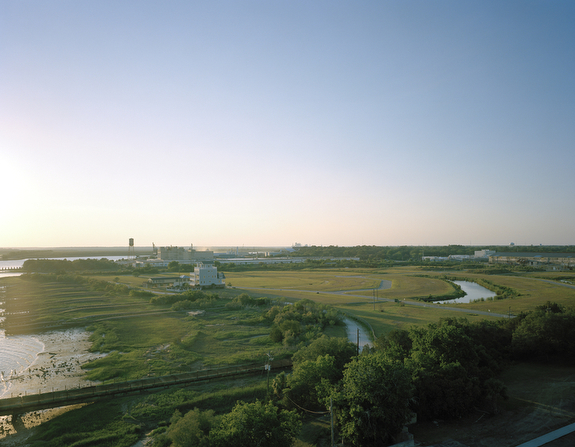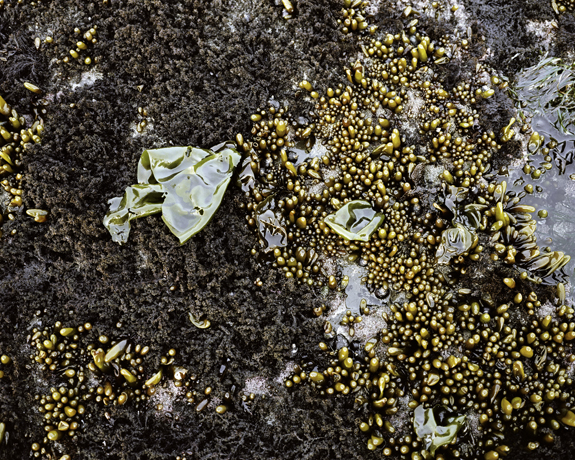
This series, Out Along the Edges, explores the intertidal zone of Northern California during extremely low tides at dawn. The exposed intertidal zone is an ephemeral place that allows access to an underwater world that is usually closed to us.
Neither ocean, nor land, the intertidal zone is a hybrid of the two: a border not as a line that separates, but as an entity unto itself.
Each organism carries reminders of the water. This tiny world describes, in reverse, our daily struggles to keep our heads above water. The wide blades of kelp and seagrasses are slick with a layer of mucus that keeps them damp and reflects an oily rainbow. Translucent bulbs hold a supply of water to survive the air, just like a diver with a built-in air tank. The closed anemones squirt with every misstep. Each of these wonders exists all out of scale, a living museum at the edge of the abyss.
— Adam Thorman, Oakland, California, USA
